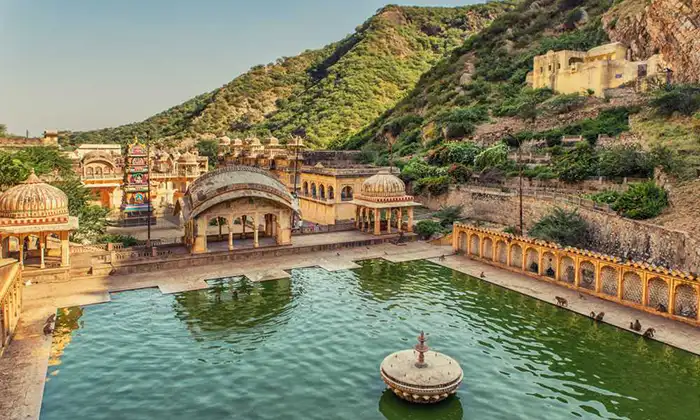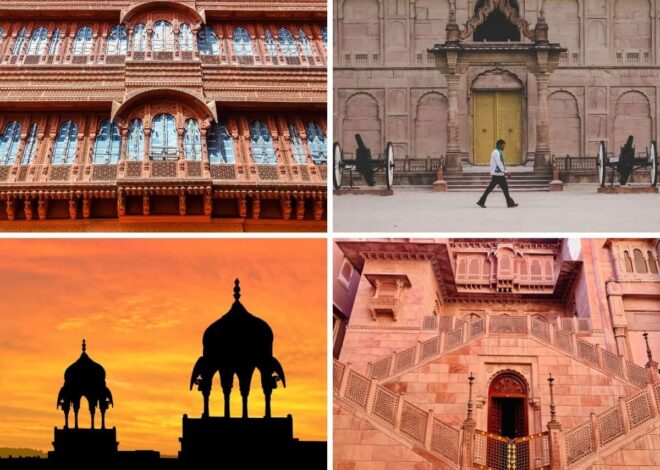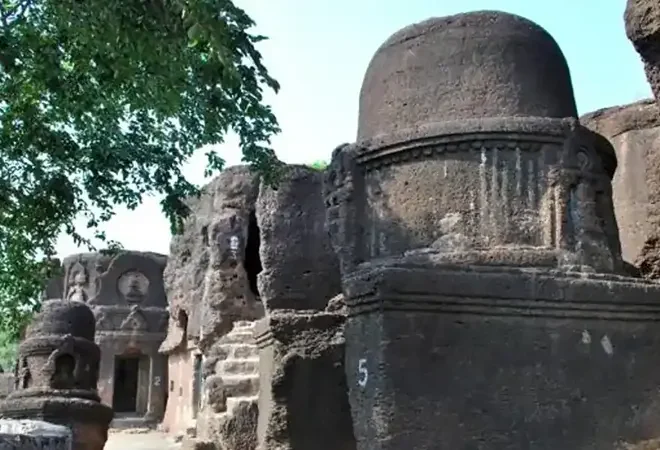
Eklingji Temple Udaipur: Secrets Unveiled: History and Timings
The serene city of Udaipur, nestled in the heart of Rajasthan, boasts a gem that transcends time and whispers tales of divinity – the Eklingji Temple. This architectural masterpiece stands as a testament to centuries of devotion, embodying a rich history that echoes through its intricate carvings and spiritual allure.
I. Introduction
Background of Eklingji Temple Udaipur: Eklingji Temple, dedicated to Lord Shiva, is a sacred haven situated in the historical city of Udaipur. It stands as a manifestation of architectural brilliance and unwavering devotion, drawing pilgrims and history enthusiasts alike.
Significance of Exploring its History and Timings: To truly understand the essence of Eklingji Temple, delving into its history becomes imperative. Simultaneously, unraveling the mystique of its timings adds a layer of spiritual understanding, providing a unique perspective to those seeking divine connection.
II. Eklingji Temple Udaipur: A Historical Journey
Architectural Marvel of Eklingji Temple:
Intricate Carvings and Sculptures: The sanctum of Eklingji Temple is adorned with exquisite carvings that narrate tales of mythology and spirituality. Each sculpture intricately carved into the temple walls tells a story, a visual symphony that captivates the beholder’s imagination.
Symbolic Elements Depicting Mythological Narratives: Eklingji Temple is a canvas where symbolism meets spirituality. From the symbolic depiction of Lord Shiva to the various deities gracing the temple’s facade, every element holds a profound meaning, creating an atmosphere where divinity and art seamlessly merge.
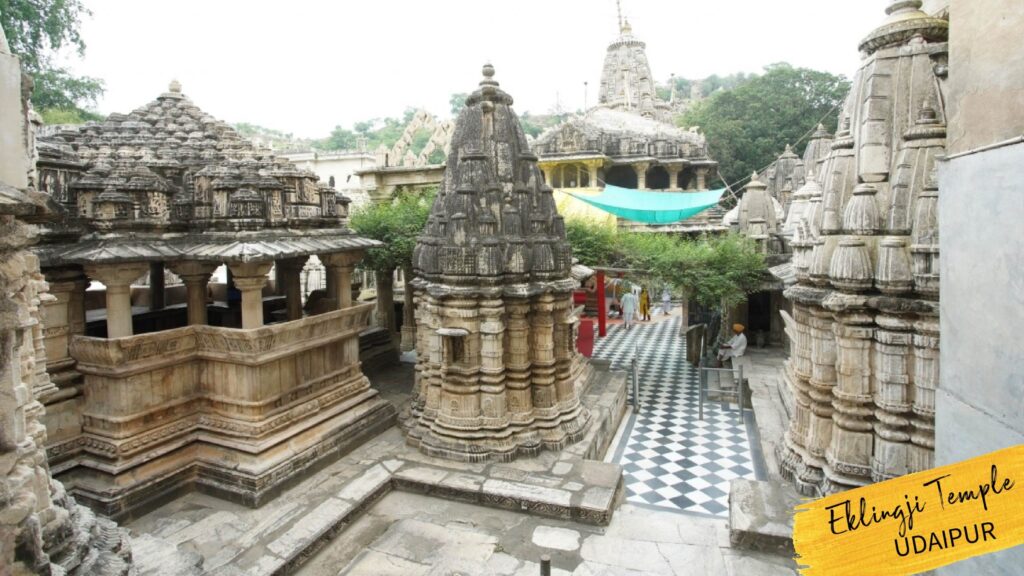
Evolution of Eklingji Temple Through Centuries:
Historical Milestones and Renovations
The annals of Eklingji Temple’s history are etched in the Ekalinga Mahatmya, a historical text from the 15th century. According to this revered manuscript, the temple’s origins trace back to 734 A.D., when the visionary ruler Bappa Rawal laid its foundational stones. However, the passage of time brought challenges, and during the rule of the Delhi Sultanate, the temple fell victim to looting and plunder. The original structure and its sacred idols bore the scars of physical damage.
In the aftermath of these tumultuous years, the spirit of resilience prevailed. The late years witnessed a series of renovations and modifications by various kings. Their collective endeavor aimed not only to restore the temple’s physical grandeur but, more importantly, to preserve the unwavering faith of the people in Shri Eklingji.
Cultural Influences Shaping the Temple’s Identity
Originally aligned with the Pashupata sect, Eklingji Temple underwent a transformative journey, embracing the Nath sect in subsequent periods. The post-16th-century era witnessed a significant shift as the temple came under the management and control of the Ramanandis, marking a pivotal chapter in its religious affiliation.
Eklingji Temple stands as a testament to the ebb and flow of history, a sacred edifice that weathered the storms of plunder and emerged stronger through the dedication of rulers and the fervent devotion of the masses. Today, as visitors traverse its hallowed halls, they walk not just through physical spaces but through the corridors of time, witnessing the evolving tapestry of faith and cultural amalgamation.
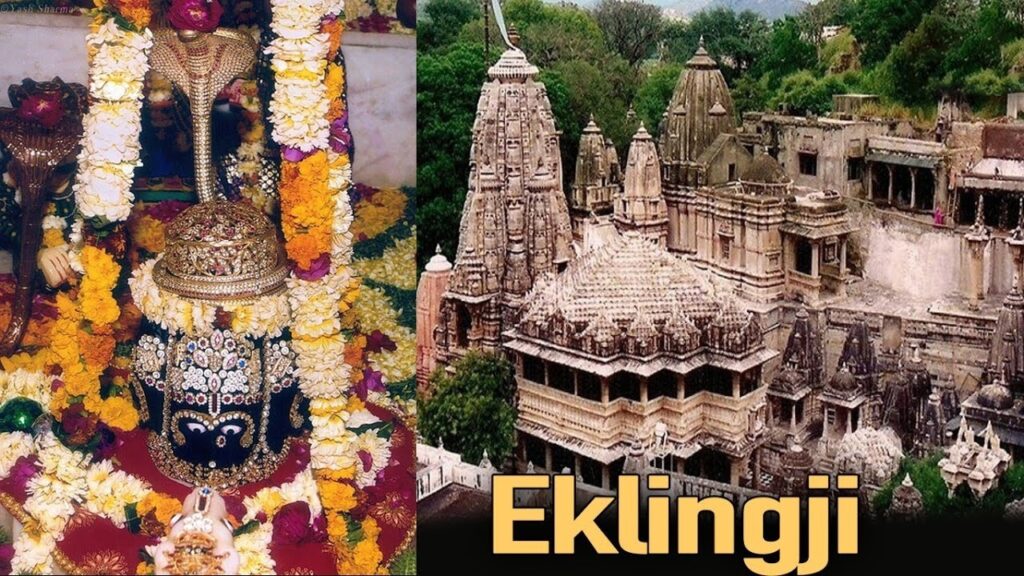
III. Mystical Timings: Unveiling the Spiritual Essence
Early Morning Serenity (4:00 AM – 6:00 AM):
Dawn Rituals and Spiritual Significance: As the first rays of the sun kiss the temple spires, the dawn rituals unfold, resonating with spiritual significance. Devotees gather to witness the divine awakening, immersing themselves in the celestial energy that permeates the tranquil surroundings.
Connecting with the Divine Energy: The early morning hours offer a unique opportunity for devotees to connect with the divine energy. The serenity of this time creates a sacred space for introspection and meditation, setting the tone for a day filled with spiritual resonance.
Midday Reverence (10:00 AM – 1:00 PM):
Unique Offerings and Devotee Experiences: The midday worship at Eklingji Temple unveils unique offerings and devotee experiences. Pilgrims participate in rituals that bridge the earthly and divine realms, creating a profound sense of communion with the spiritual forces that govern the universe.
Symbolism Behind the Midday Worship: The midday worship holds symbolic significance, representing the zenith of spiritual energy. Exploring the layers of symbolism during this time provides insights into the cyclical nature of life, death, and rebirth, as mirrored in the divine rituals.
Evening Tranquility (4:00 PM – 8:30 PM):
Illumination of Eklingji Temple: As the sun sets, the evening tranquility descends upon Eklingji Temple. The illumination of the temple spires and premises adds a mystical aura, creating a breathtaking visual spectacle that complements the spiritual ambiance.
Cultural Events and Spiritual Gatherings: Evenings at Eklingji Temple witness cultural events and spiritual gatherings. The echoes of devotional hymns and the aroma of incense permeate the air, creating an atmosphere where devotees come together to celebrate the divine, fostering a sense of unity and spiritual kinship.
In conclusion, Eklingji Temple in Udaipur transcends the boundaries of time, inviting visitors to embark on a historical and spiritual journey with the best tour operator in rajasthan as part of their Udaipur city tour. Its intricate architecture, rich history, and mystical timings converge to create an immersive experience that goes beyond the physical realm, leaving an indelible mark on the soul of those who seek its secrets. Visit Eklingji Temple during the specified timings, and let the ancient stones whisper the stories of devotion and divinity, enhancing your overall exploration of Udaipur’s cultural and historical treasures.
